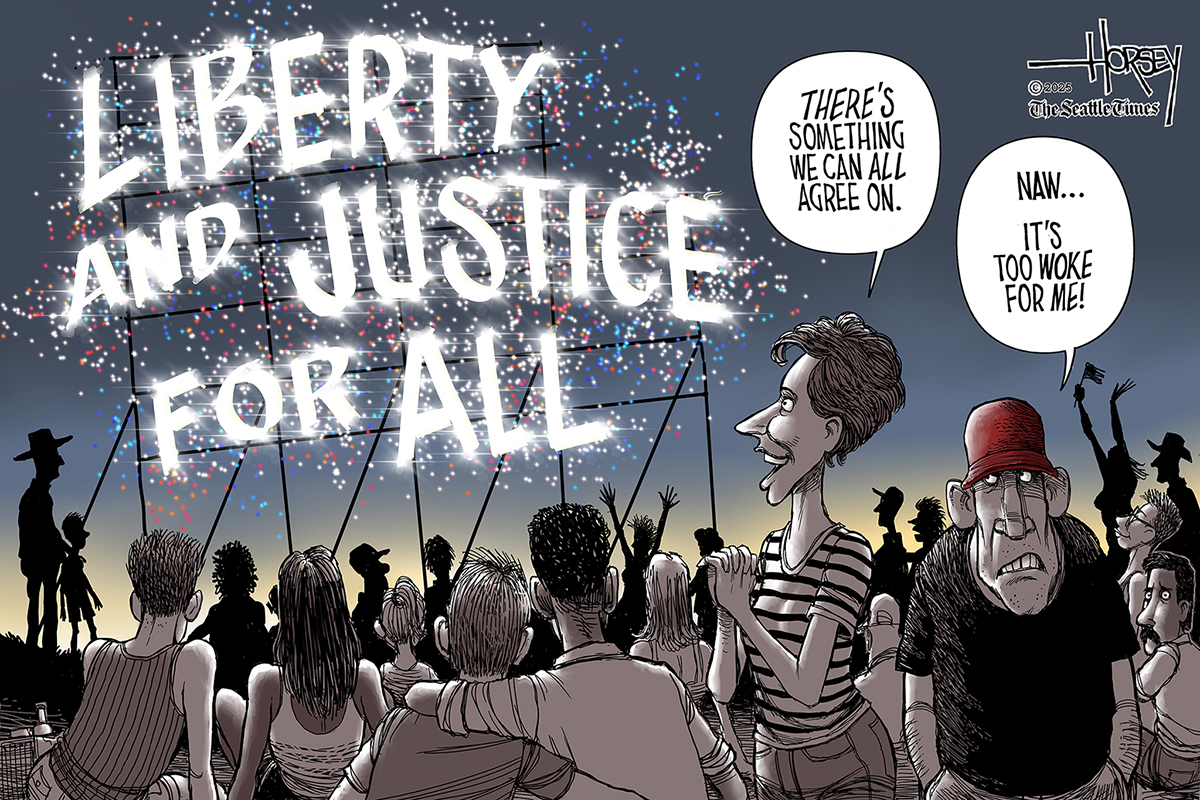
July 1st, 2025: A Day in Political Cartoons
The political cartoons published on July 1st, 2025, captured the zeitgeist of the day, focusing on key political themes and employing diverse artistic styles to convey their messages. The works of cartoonists like Ed Wexler, Christopher Weyant, Bill Bramhall, and others, offered a satirical lens through which to examine the political landscape.
A Focus on Key Political Themes
The July 1st cartoons likely centered on several key political themes dominating the news cycle. The recurring motif of “woke fireworks” suggests commentary on the ongoing cultural debates surrounding identity politics and political correctness. This theme likely explored the tensions between traditional and progressive values within the context of national celebrations. The satirical treatment of this theme could have ranged from gentle mockery to sharp criticism, depending on the cartoonist’s perspective.
The inclusion of a “new slogan for the Statue of Liberty” indicates a focus on immigration issues and the ongoing national conversation surrounding immigration policies and their impact on the national identity. The proposed slogan, whether presented as a positive or negative commentary, would have likely reflected the cartoonist’s stance on the topic. This theme could have explored the evolving symbolic meaning of the Statue of Liberty in the context of contemporary immigration debates.
The phrase “birthright citizenship hanging by a thread” points to the contentious legal and political battles surrounding birthright citizenship. The cartoons addressing this theme would likely have visualized the fragility of this legal right and the ongoing efforts by various political groups to either uphold or abolish it. This could have been depicted through visual metaphors and symbolic imagery.
The contribution of New York Daily News cartoonist Bill Bramhall, known for his sharp wit and insightful social commentary, likely offered a unique perspective on these themes. His works would have added another layer to the overall commentary, offering a New York-centric perspective on national political issues.
Diverse Artistic Styles and Interpretations
The diversity of cartoonists involved ensured a multiplicity of artistic styles and interpretations of these themes. Ed Wexler’s cartoon, focusing on President Trump’s Truth Social post on Juneteenth, likely employed a distinct style to convey the controversy surrounding the post and its implications. Christopher Weyant’s cartoon, focusing on the internal divisions within the Democratic Party, likely used a different aesthetic approach to illustrate the complexities of intra-party dynamics.
The stylistic differences among the cartoonists offered a spectrum of viewpoints and artistic techniques. Some might have preferred bold, caricatured styles, while others might have favored a more subtle or symbolic approach. The interplay of these different styles would have enriched the overall commentary, allowing readers to engage with multiple perspectives and interpretative lenses. The differences in artistic choices highlight the subjective nature of political commentary and the power of visual communication in shaping public discourse.
The cartoons, taken as a whole, would have constituted a multi-faceted representation of the political landscape. The use of various artistic styles would have ensured that the commentary was not monolithic, but rather reflected the diversity of opinions and approaches within the field of political cartooning. This rich tapestry of styles would have engaged readers on multiple levels, stimulating discussion and critical thinking.
The Power of Political Cartoons
Political cartoons serve as a powerful form of social and political commentary, employing satire, symbolism, and caricature to critique complex issues. Their ability to transcend language barriers and communicate effectively with a broad audience makes them a significant influence on public opinion. They serve as a visual shorthand, encapsulating complex ideas and making them accessible to a wide audience.
The impact of these cartoons stems from their ability to distill complex political arguments into easily understandable and memorable images. The visual nature of the medium allows for a more immediate and engaging understanding of these issues, often more effectively than text-based analysis. The use of humor and exaggeration makes abstract concepts more digestible and engaging, leading to greater public engagement and discussion.
Political cartoons often function on multiple levels: they can be humorous, thought-provoking, provocative, and even deeply disturbing. Their effectiveness lies in their ability to elicit an emotional response, encouraging viewers to actively participate in civic discourse. By sparking debate and critical reflection, the cartoons contribute significantly to the ongoing national conversation on important political issues.
Key Takeaways
- July 1st, 2025, political cartoons focused on key political themes, including identity politics, immigration, and birthright citizenship.
- Diverse artistic styles and perspectives contributed to a rich and multifaceted commentary.
- The cartoons effectively used satire, symbolism, and caricature to convey complex ideas.
- Political cartoons play a crucial role in shaping public discourse and promoting critical thinking.
- The collection of cartoons provided a snapshot of the political landscape and the diverse opinions within it.
